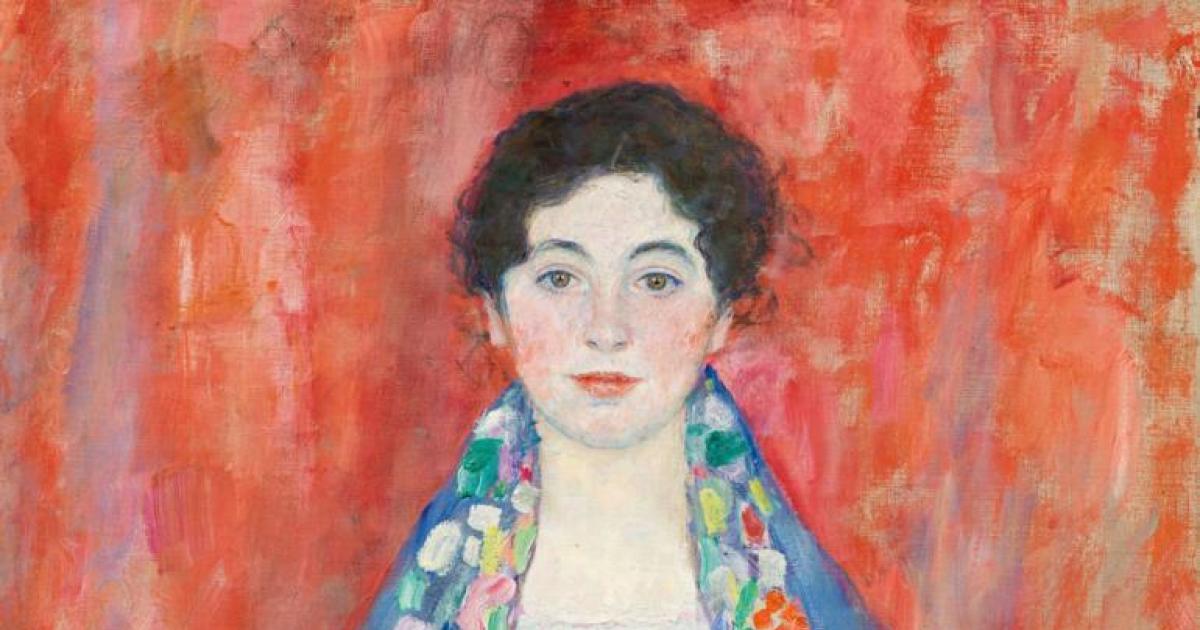Picasso and his mistress, his muse
Picasso found inspiration for his art wherever he could . . . mainly from his significant others. Anthony Mason now with the story of one in particular:
The painter Pablo Picasso had two wives, and many mistresses. But Marie-Therese Walter may have been his ultimate model and muse:
"It was the greatest love of his life; he absolutely adored her," said John Richardson, who befriended Picasso in the Fifties.
For nearly 30 years, Marie-Therese inspired some of his greatest work. Two of Picasso's portraits of her - "Nude, Green Leaves & Bust" and "La Reve" - have sold for or been valued at more than $100 million.
"He had her in mind always, all the time; everything relates to her," said Richardson. "When he was painting landscapes, he was painting her. He was absolutely obsessed by her."
The author of a multi-volume biography of the artist, Richardson is curator of a new show at New York's Gagosian Gallery devoted to the love affair of Picasso and Marie-Therese.
"How did they meet?" Mason asked.
"He picked her up."
It was outside a Paris department store in 1927. She was 17; he was 45. "You have an interesting face," the artists told her. "I am Picasso."
The name meant nothing to her. But ...
"She liked his tie," Richardson recalled. "And he had a nice smile. And he was very seductive, Picasso."
A week later, she was his mistress.
"What do you think she saw in him?" Mason asked.
"She saw someone who was kind, who paid attention to her, who thought she was beautiful," said Diana Widmaier Picasso, co-curator of the exhibition - and granddaughter of the artist and Marie-Therese.
She told Mason when she started looking at the artist's work as an art historian, she replied, "It's almost like I feel I'm with Picasso and Marie-Therese at the same time."
The only moving image of Marie-Therese comes from a souvenir flip book of 48 photographs, taken in Paris. A note in the flip-book suggests Picasso was with her that day: "It almost feels that Picasso's guiding her in the way she turns the profile," Widmaier Picasso said.
Marie-Therese at first did not appear physically in his paintings of her, but she was there in code, according to Richardson: "You see, you have the initials, Marie-Therese, and you have Picasso's hand in silhouette in the background."
The reason, Richardson explained, was "to keep Marie-Therese from being spotted in his work by his extremely jealous wife."
Picasso's first wife, Olga, was a former Russian ballerina. "When I love a woman," Picasso once said, "that tears everything apart, especially my painting."
Richardson said one of the most beautiful images Picasso ever painted was of Marie-Therese: "He knew her look by heart. And just by seeing her lying in the grass would inspire a painting."
Picasso and Marie-Therese never married, but they had a daughter, Maya.
Two months after her birth, Picasso met Dora Maar - who would become his next mistress.
Richardson said Marie-Therese "faded out of the picture. I mean, Marie-Therese remained totally, totally in love with Picasso, till her dying day."
At Picasso's death in 1973, an abstract sculpture of Marie-Therese holding a lantern was placed over his grave:
"Why do you think he wanted that sculpture on his grave?" Mason asked.
"I think he saw Marie-Therese as his real wife,' Richardson said. "And she was the one person of all the women in his life who'd given him the most love, the most understanding."
Fifty years after their first meeting, Marie-Therese took her own life.
For the muse, there was no living without the artist.
For more info:
- Picasso and Marie-Therese: L'amour fou (Gagosian Gallery)



